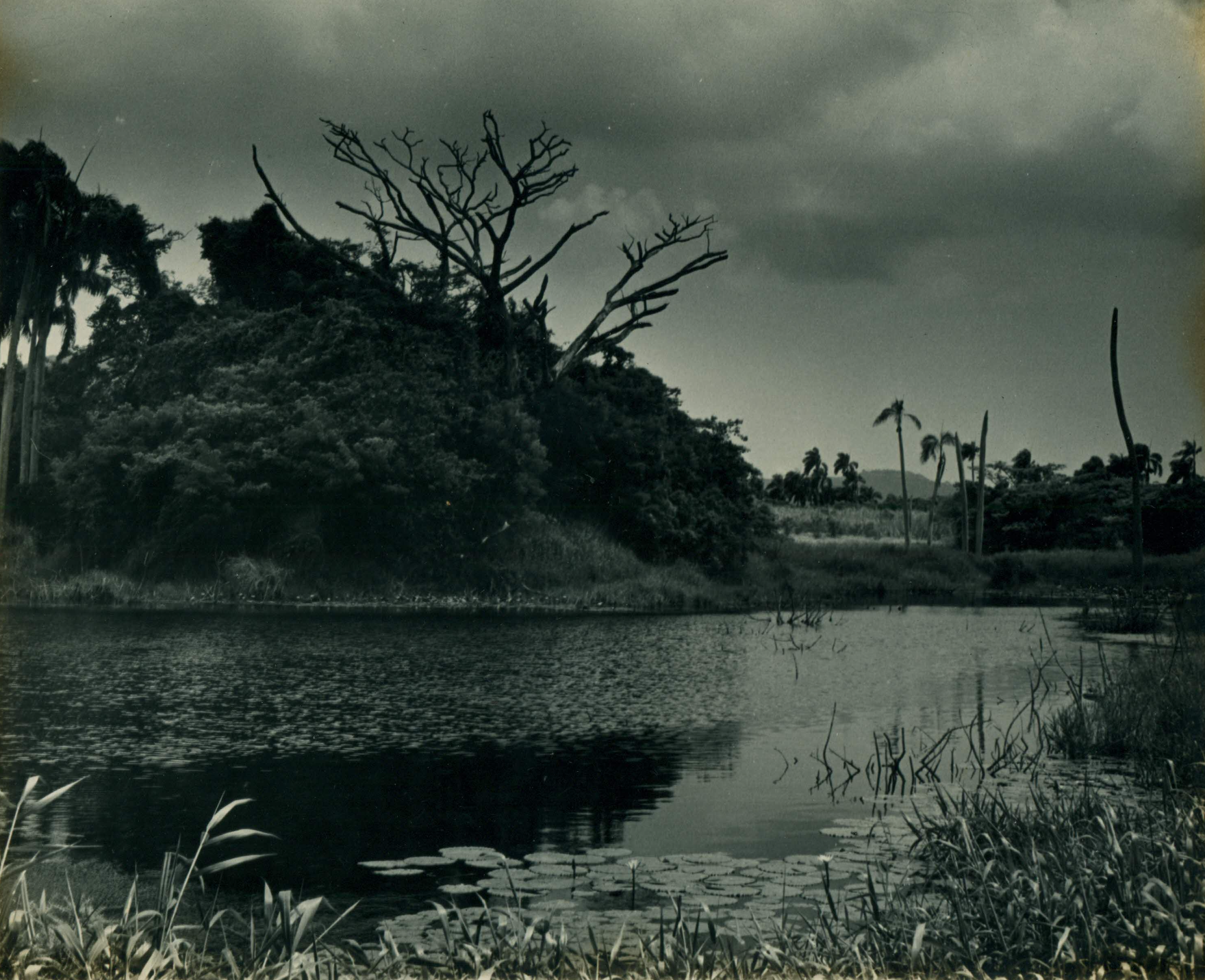
If we had developed a Comprehensive Land and Water Use Plan more than 75 years ago, the Virgin Islands wouldn’t be in a predicament like today. Where we build roads, houses, shopping centers, hotels, gas stations, etc., and a laundry list of issues that we face could have been averted if we had a plan as the Virgin Islands continued to grow and develop into the future.
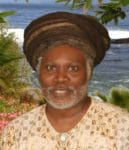
Today, we have major pollution problems on land and sea due to our inaction on a plan for these islands. If we asked anyone on the street, “What is our major economy in these islands?”, without a doubt they would say tourism. Yet, even tourism we don’t plan for. We would rather destroy our natural and cultural resources that draw visitors to our beautiful Virgin Islands in the first place. Donkey years ago, the late George A. Seaman developed a conservation master plan for the territory.
In his plan, he mentioned creating a zoo. “A small zoo. Long-range planning should include such a project. The fauna of the Virgin Islands play a major role in exhibitions,” noted Seaman. Well, some 53 years ago, a zoo was planned for the island of St. Croix. In fact, there was a resolution by senators of the Virgin Islands Legislature on March 15, 1970 — No. 483, Bill 4387 — to create such a zoo on St. Croix.
There was even a committee formed for the zoo, including the late Dr. Richard Bond, James Cuchiara, Sen. Felix Francis, Sen. Jaime Garciaz, Bent Lawaetz, David Nellis, Earl Nelthropp, Lee Morris, and Mario Watlington. The plan was to create a botanical garden and a West Indies Zoo for St. Croix. The senators and committee members of that time agree unanimously that Estate Castle Burke was the site for the Virgin Islands West Indies Zoo.
Estate Castle Burke Park would have consisted of a zoo featuring the West Indies fauna, botanical gardens, a wildlife sanctuary, a game fishing pond, and picnic areas. It would be a 100-acre site located midway between Christiansted and Frederiksted and about a quarter mile north of Centerline Road, now Queen Mary Highway. The committee pointed out that the region has a heavy population density. Castle Burke’s proposed park site is near or not too far from a housing community and Grove Place Village. Thus, the Castle Burke site was readily available to most of the residents of St. Croix and within easy reach of tourists staying at most of the hotels on the island.
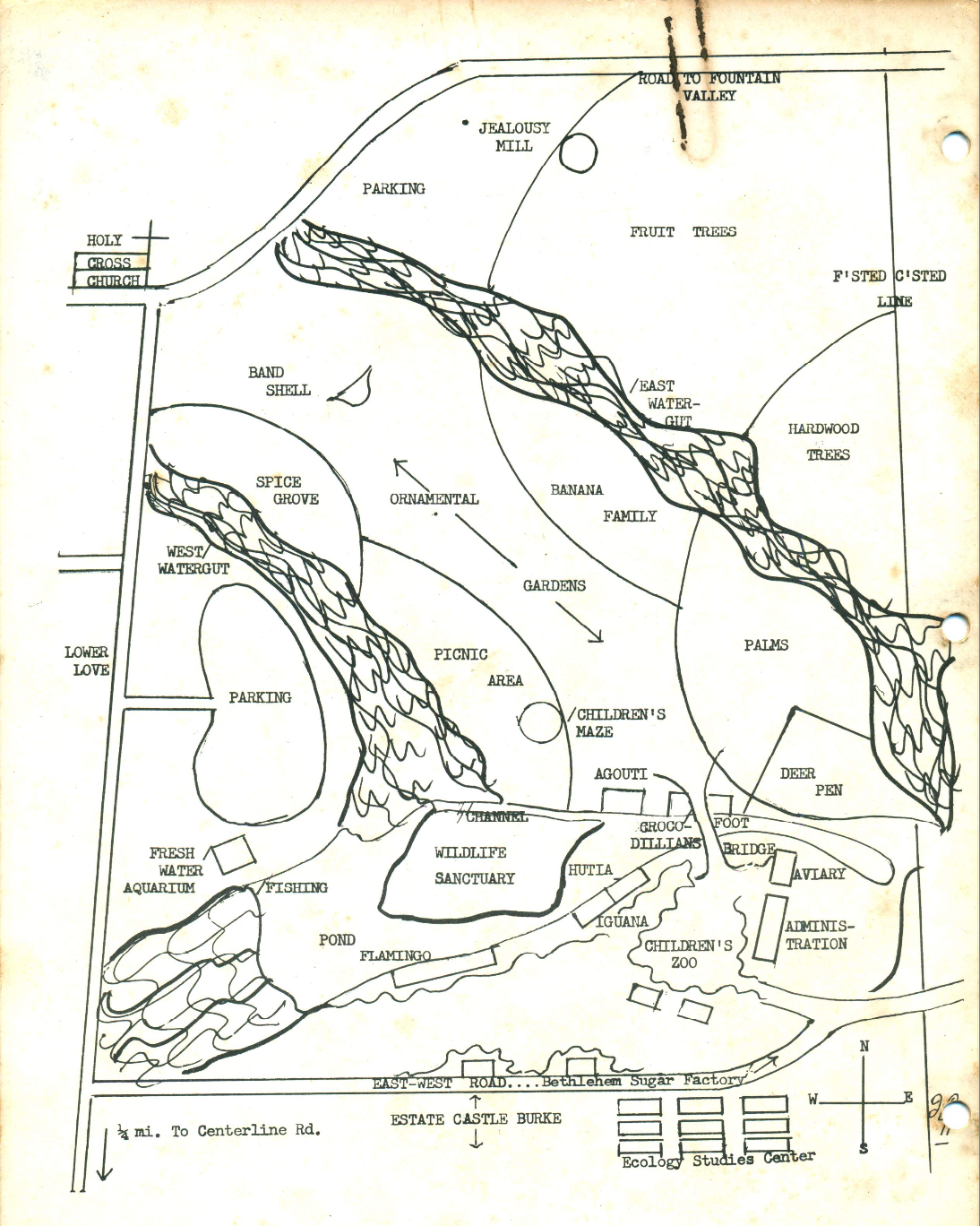
I am talking about 53 years ago. The park committee said passengers aboard the cruise ships that anchor at Frederiksted pier would have an opportunity to see West Indian flora and fauna in the relatively short time they have ashore. According to the proposed document to create a zoo at Estate Castle Burke, there were 272,376 tourists and visitors from July 1970 through June 1971. The park committee went on to say that the Castle Burke Park site was ideally located from other points of view.
Across the street west of Castle Burke is the Virgin Islands Department of Agriculture, and a half a mile to the south was the then College of the Virgin Islands with nearly 500 students. The USDA Federal Agricultural Research Station is also close by. In terms of educational value, the park lies within two miles of four schools with an enrollment of more than 3,400 students. At that time, there were over 10,000 students in the public and private schools on St. Croix.
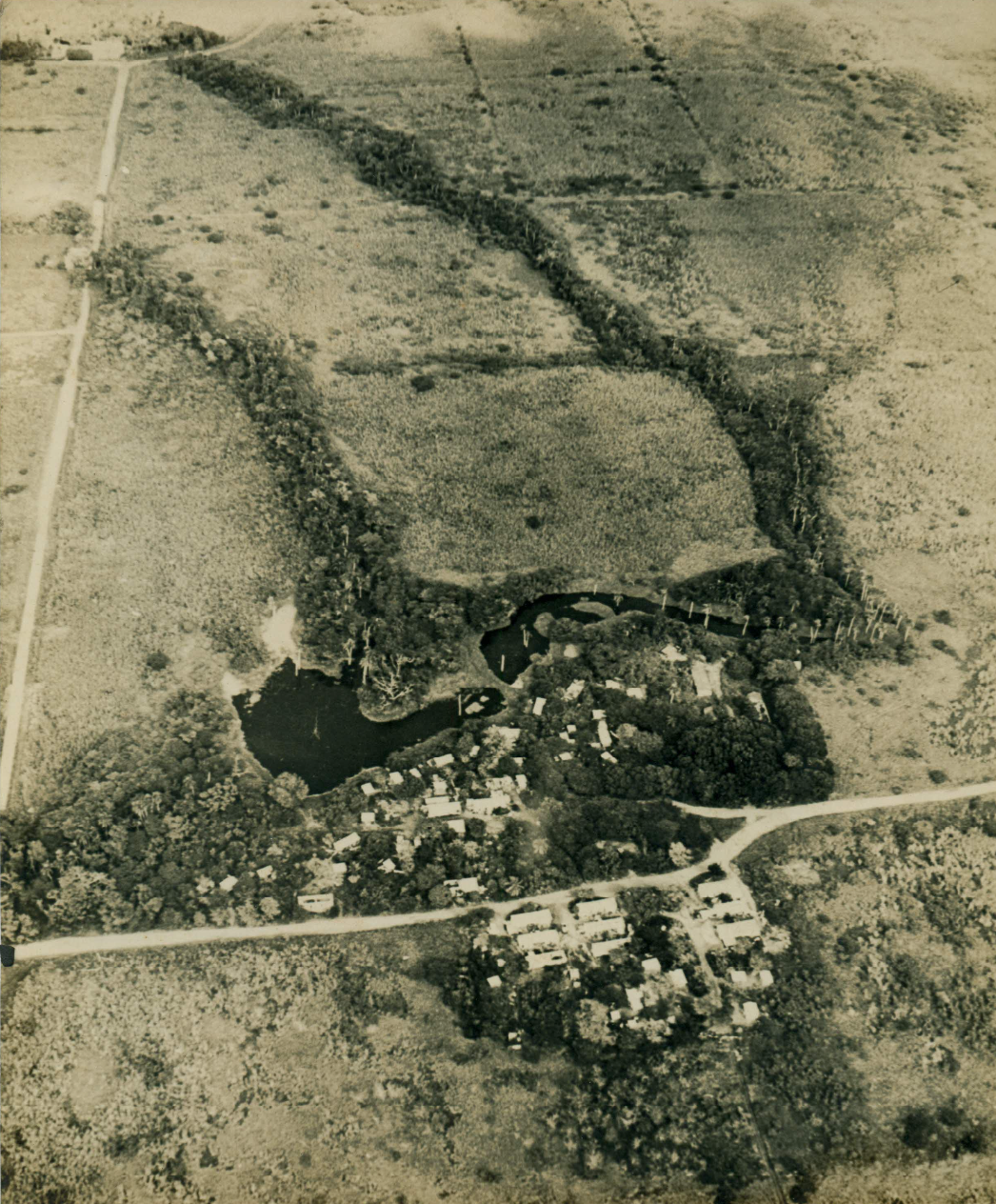
The schools of Christiansted and Frederiksted are equidistant from Castle Burke. The park committee believed that the children of the Virgin Islands should be provided every opportunity for education in the natural ecology of the Virgin Islands. The park would provide this opportunity. The Castle Burke park site was naturally blessed with an abundance of water, rich soil, a freshwater pond, a wildlife haven, and natural botanical gardens along two great waterways — Bethlehem and Castle Burke — but both streams are contaminated today with human pollutants.
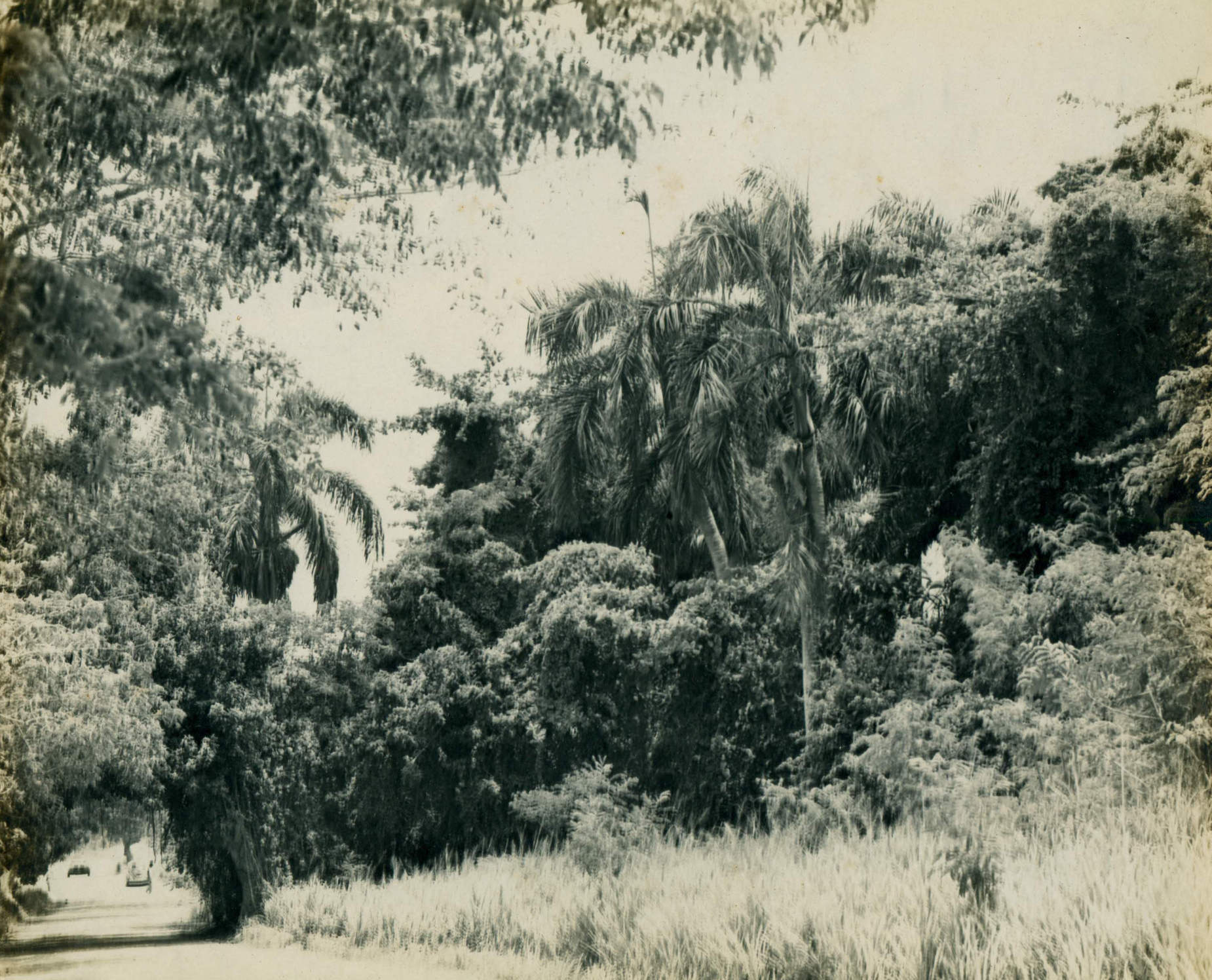
The 100-acre zoo park also has historic structures that add to the landscape of the area’s cultural, colonial, and natural resources. The park committee agreed all the conditions for a great botanical-zoological park were at Estate Castle Burke. There are other attractions I didn’t mention about the zoo park, such an outdoor amphitheater, horseback riding, hiking, an aquarium, golf, pleasure walking, etc.
As far as the park committee was concerned, the need for implementation of this kind of project on St. Croix was clear. Future population growth projections make a park of this kind mandatory. The educational merits, ecological considerations, recreation, and commercial value will provide a great enhancement to the island. The opportunity to make this park a reality lies with us now. It is hard to imagine a better investment for the future of St. Croix.
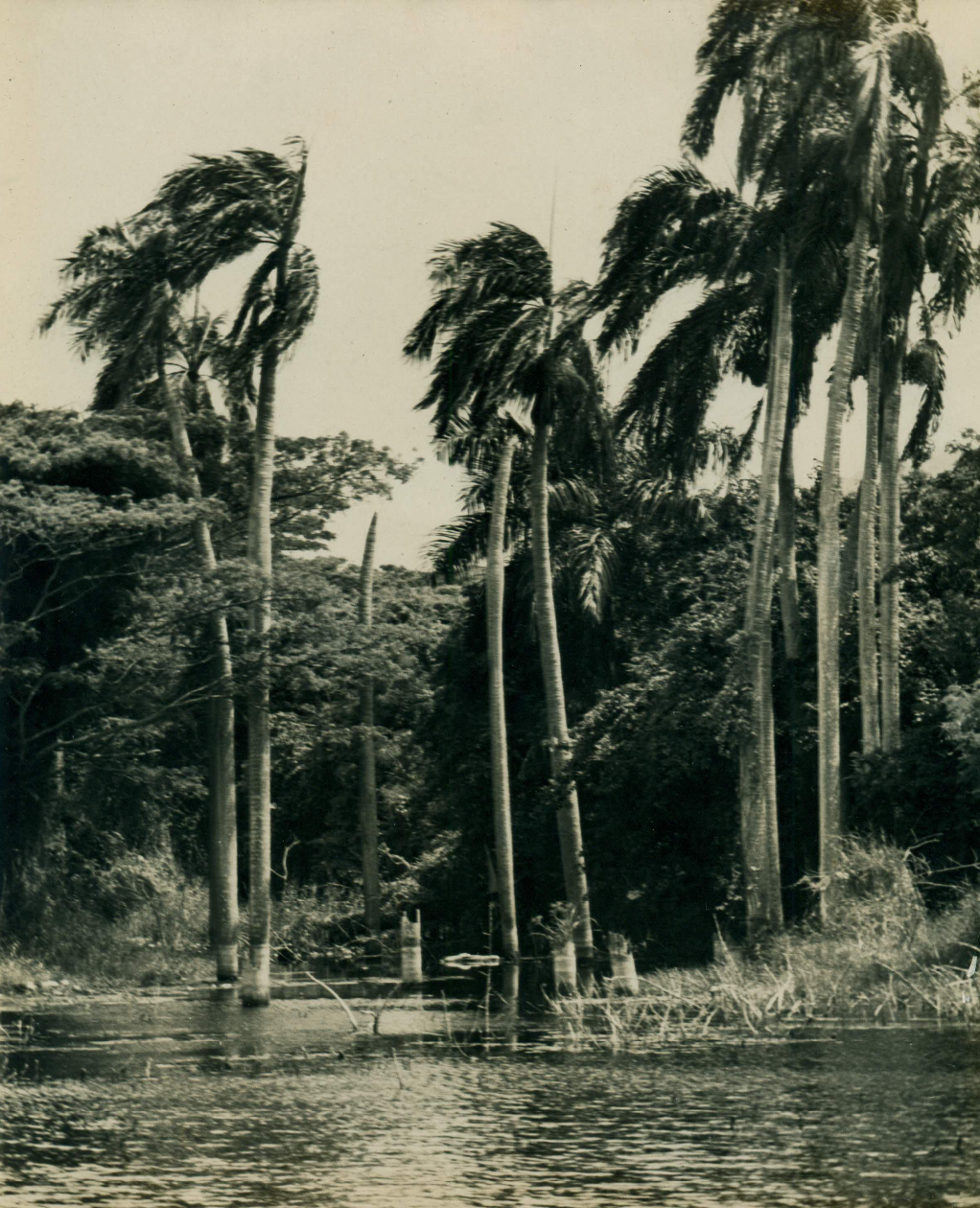
On Jan. 24, 1972, the zoo park planning committee sent out this news release: “The Chairman of the Virgins Islands Zoo Committee, James A. Cuchiara announced today that the committee has submitted to the Honorable John L. Maduro its first proposal; namely, a plan for Botanical Garden, and West Indies Zoo, to be situated in St. Croix. The projected plan will include, wildlife sanctuary, game fishing ponds, and picnic grounds. Annual operating costs are estimated to be $136,000.00, with an additional $200,000.00 annually the first three years only, for capital investment. This will be mostly offset by admission fees, income-producing concessions and Federal funds. It is the province of the Legislature to acquire the Real Estate required for the proposal.”
I can talk more about how this zoo park unfortunately never come to fruition. I was a child when this process was being talked about. Believe me, it is for this reason and others our government continues to drop the ball because they don’t have the political will to pass a Comprehensive Land and Water Use Plan. Today, Estate Castle Burke is not a zoo park, but a housing community, schools, the National Guard headquarters, and soon to be a hotel and tech village for the UVI tech park west of St. Croix Educational Complex and right across from the Saturday farmers market and the Agriculture and Food Fair building of the Agriculture Department.
Jesus said to them, “A prophet is not without honor except in his own country.” So be it, Lord!
— Olasee Davis is a bush professor who lectures and writes about the culture, history, ecology and environment of the Virgin Islands when he is not leading hiking tours of the wild places and spaces of St. Croix and beyond.


